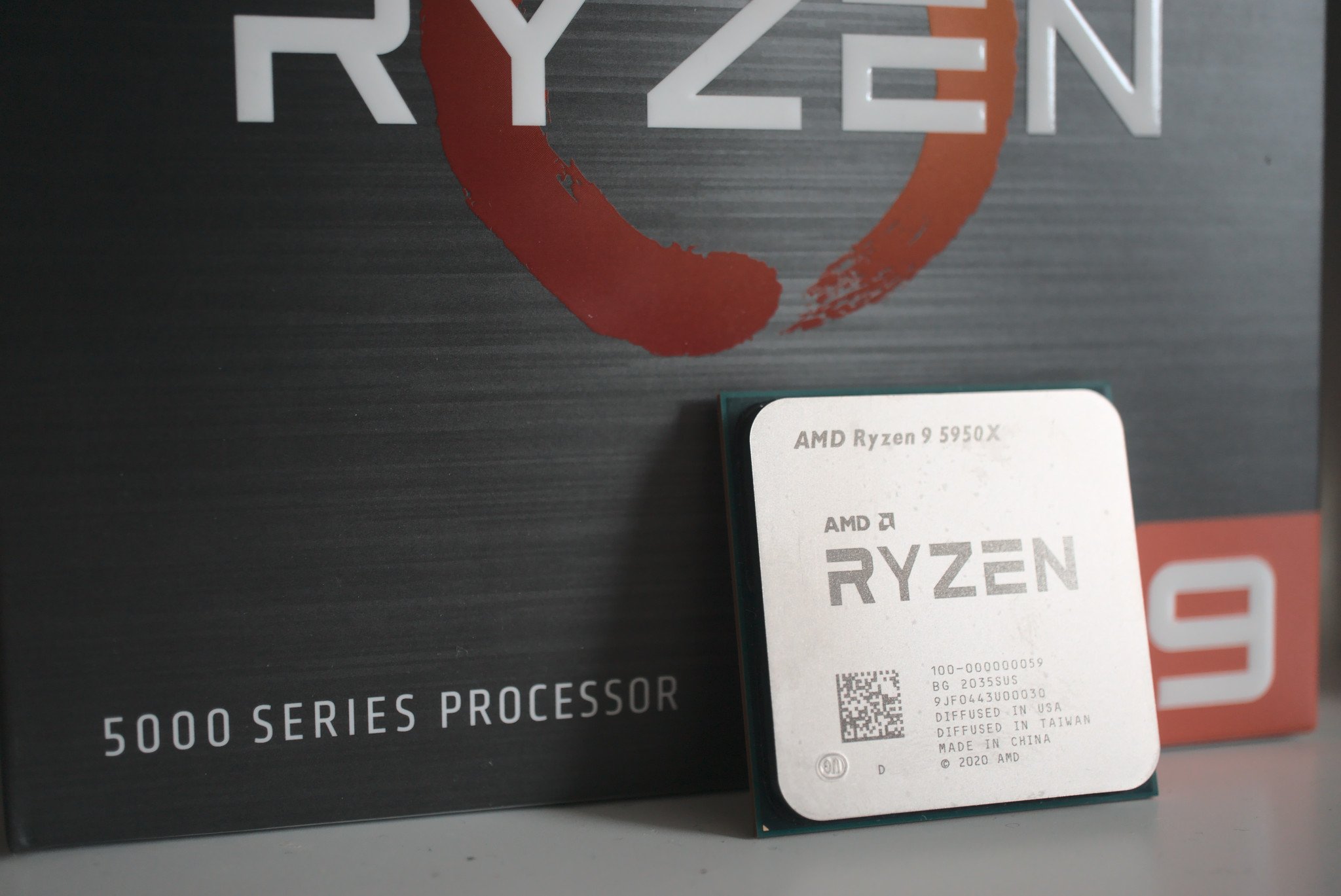AMD's 2021 performance shows a comeback with no signs of stopping
Real redemption takes time.

For the longest time, Advanced Micro Devices — commonly referred to as AMD — seemed unable to win back market share from opposition such as Intel in key hardware sectors. As recently as 2014, the company appeared doomed to disappear into the shadow of its competition. And yet, against the odds, AMD has redeemed itself in a big, big way.
At the Deutsche Bank 2014 Technology Conference, AMD's then-CEO Rory Read had some somber remarks to share. Referencing his company's failure to capture the world with its latest microarchitecture, he didn't mince words. "Everyone knows that Bulldozer was not the game-changing part [expected] when it was introduced three years ago," he stated. "We have to live with that for four years."
And so live with it AMD did. But rather than accept failure, the company made moves to combat an encroaching doomsday, including focusing on making its next microarchitecture succeed where Bulldozer failed and replacing Read with Dr. Lisa Su as CEO.
These moves paid off. In 2017, the first Zen-based CPU was released. Thus began a paradigm shift for AMD, wherein it consistently released processors that put it in competitive shape with Intel.
Now, as a result of years of AMD building up goodwill, partnership efforts are coming to fruition. One prime example of this phenomenon is Alienware's 2021 m15 Ryzen Edition R5, otherwise known as the first Alienware notebook to feature an AMD CPU and NVIDIA GPU since 2007.
But Alienware and, by extension, Dell aren't the only brands welcoming AMD back into the fold. Microsoft's Surface Laptop 3 and Surface Laptop 4 have featured Ryzen editions, and Lenovo and HP have utilized AMD hardware. What was once a processor pariah is now making its comeback as a serious competitor to Intel.
To better understand AMD's return to the limelight, Windows Central spoke with two industry experts to get their takes on how AMD's managed its recent feats. These were their thoughts on the matter.
All the latest news, reviews, and guides for Windows and Xbox diehards.
AMD's comeback: How it happened

"AMD has certainly been on the rise, and this growth has been broad based," said IDC Research VP Linn Huang.
"From Zen 1, AMD has sustained excellence with Ryzen now into Zen 3."
He broke down AMD's success into various compartments. "Their strongest position in the PC space has traditionally been in gaming, where they benefit from being a GPU vendor as well. In fact, AMD has had a significant share of the DIY market as well as with specialized gaming SIs over the years. They've held their position in this corner of the market. Where we've really seen AMD grow is with their assortment at the top OEM's portfolios as well as building inroads into commercial and enterprise."
Huang argued that even though Ryzen is the driving force behind the growth, it's not so much about the latest refresh as it is the totality of Zen microarchitecture that's helping boost AMD and sustain its upward trend. He gave a baseball analogy, citing that Pre-Doctor Su AMD had issues with maintaining top-tier performance, leading to situations where "they'd hit home runs, and then strikeout over the next nine at bats."
Huang highlights that Ryzen has had a much cleaner track record than previous AMD efforts. "From Zen 1, AMD has sustained excellence with Ryzen now into Zen 3. This coupled with Intel supply challenges in the last several years has seen AMD reverse its prospects into the high momentum machine it is today."
Moor Insights & Strategy senior analyst Anshel Sag shared similar sentiments to Huang regarding the link between AMD's recent consistency and success.
"Intel has traditionally had a very strong showing in the laptop and PC gaming space," Sag said. "And while AMD has had a fairly competitive offering for at least the last three years, I think it's been about two years since they've shown they can offer value and peak performance at a very reliable pace and that they can deliver it in a reliable manner."
When asked why he thinks an AMD comeback is happening now, Sag stated that the various partnerships the company's been in the spotlight for recently are the results of long-gestating product development cycles and decisions that started being made years ago.
"They no longer have to convince the market that they're the leader."
"I genuinely think that this is a development that has been years in the making," he said, circling it back to an emphasis on consistency. "That's why these multi-year efforts are super important. Just delivering a one-off improvement doesn't really convince the market that you're here to stay."
He then mentioned that AMD's gains aren't limited to the laptop and desktop sectors, but also the server front, which is another space the company had been losing a handle on before its recent turnaround.
AMD's comeback: What's in store for the future

In response to the question of what might be sustaining AMD's traction gains, Sag had thoughts. "I think there's a lot of excitement around what they're planning to do in the future, including DDR5 and next-generation Zen."
He mentioned that a big feather in AMD's cap is the healthy market pedigree it's established for itself in the gaming sector. "They no longer have to convince the market that they're the leader. Now it's just affirming that position. Now that role has fallen on Intel to prove. If you look at how well AMD has done, they have definitely taken over the performance crown from Intel."
As for what AMD's next moves may be, Sag had a few ideas.
"I think that the company is going to continue to innovate on CPU and GPU," he said. "I think that we might start to see more tight integrations of what those two together can do. It's been something that's been teased for quite some time."
To give an example of what said integrations might look like, he referenced an AMD feature that's already out in the wild. "That's why we're getting things such as Smart Access Memory. And now that feature is being extended to other platforms as well, be it Intel or NVIDIA. But initially, it was AMD."
Sag's predictions are already coming true. Just recently, AMD unveiled features that reward users for sticking with AMD GPUs and CPUs via its latest Radeon Software update, which enables users to easily see metric readings on Ryzen CPUs as well as stream games between Radeon GPU-equipped PCs.
Without a doubt, AMD will have more surprises up its sleeve to impress consumers over the coming years, though only time will tell what those developments look like. For now, gamers can enjoy the existing pleasant surprise: AMD coming back from the brink to provide Intel with serious competition and gamers with viable hardware choices in some of the best gaming laptops. Whether you're personally invested in the success of Ryzen or otherwise, it's good to see PC users having more options for top-tier processors, and it's just as good that AMD is staying in fighting shape.

Robert Carnevale was formerly a News Editor for Windows Central. He's a big fan of Kinect (it lives on in his heart), Sonic the Hedgehog, and the legendary intersection of those two titans, Sonic Free Riders. He is the author of Cold War 2395.
